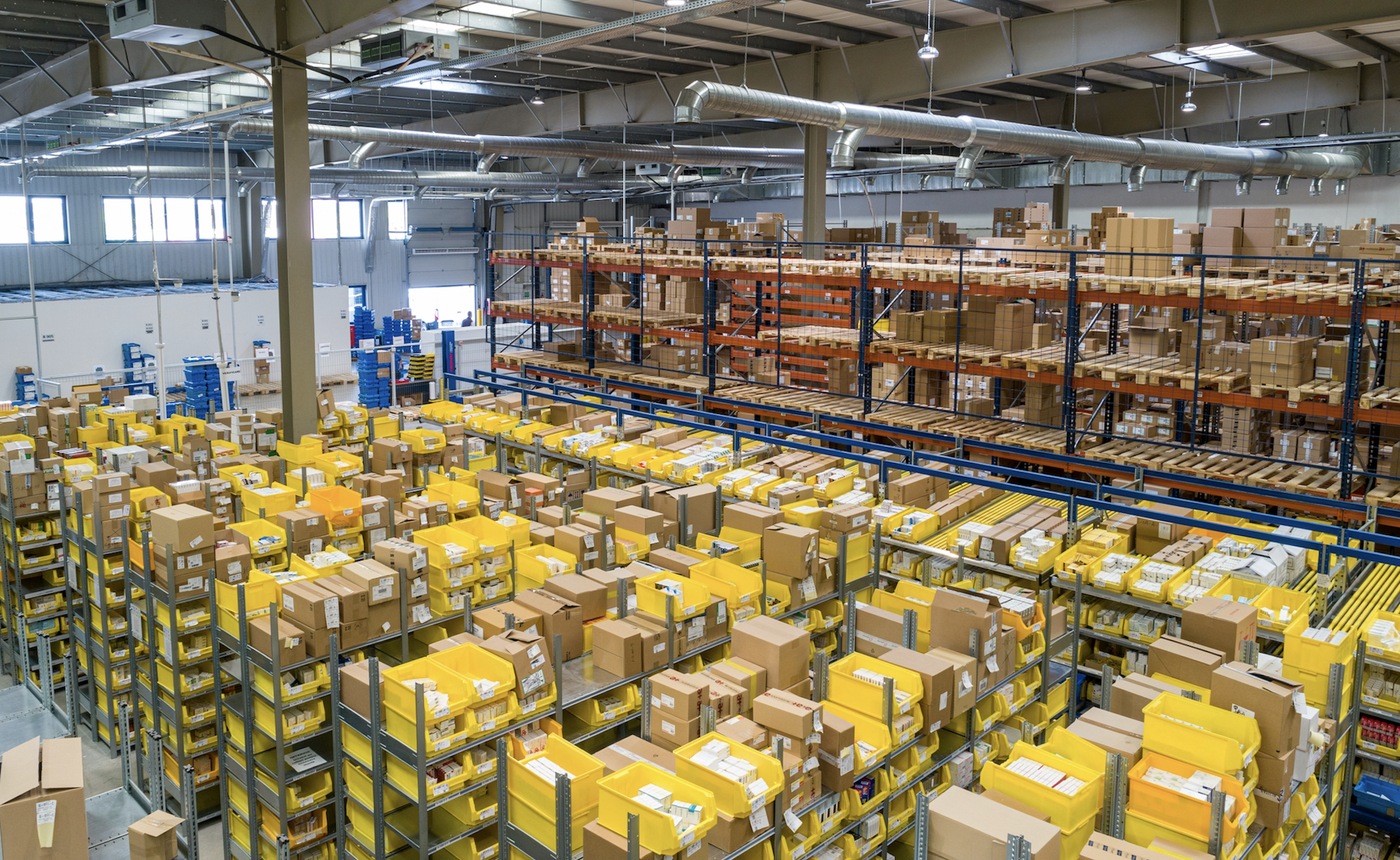
Industrious Industrial
Long gone are the asbestos saw toothed roofs of manufacturing companies.
Continued improvements in automation, the rise of China, and the arrival of the internet, not only reduced manufacturing in Australia, but pushed industrial development further and further way from inner city locations.
Importing of goods increased, as did the size of the sheds to hold the product. The bigger they got, the further out they had to go. Now some are “super sheds”. Look at Emporium Avenue Kemps Creek for facilities the size of small towns.
The pandemic upended finely tuned supply chains and increased online shopping. In turn, the need for warehousing switched gears; went into overdrive. Simultaneously, the supply of ready to develop land was slow and low. Together this created extremely low vacancies and a spike in rents.
By 2022-2023 the hype was like never before and we were in the eye of the biggest industrial property development boom in history. Rents were predicted to reach the sky, and some landlords were saying “double or nothing”.
Now, things have settled into the next normal. There is choice, and competition. Incentives are here to stay just like the office markets.
But unlike office markets, industrial markets regenerate much faster. Look at the inner areas that have gone, or are undergoing, complete transformations.
That’s from the inner areas heading out, from the past to the future. What of all that new industrial land in the outer areas that may not be taken up at the same speed as it has been for the last 15 years.
Do we start the rezoning process now so future development is more integrated? More shopping centres, schools, open areas, residential, for the growing population?
Or is that just being too optimistic?

No Comments